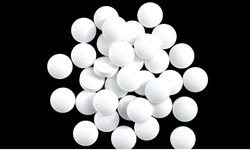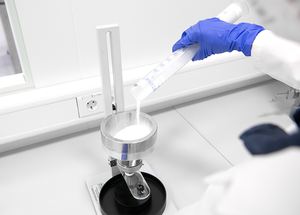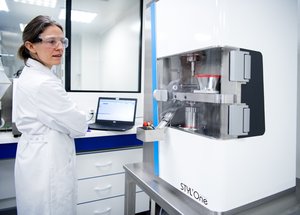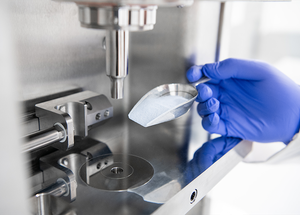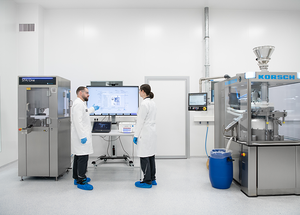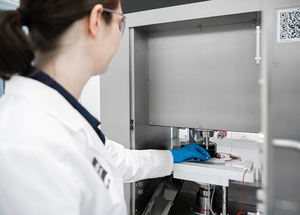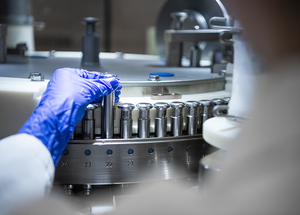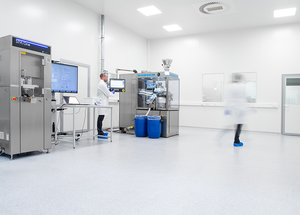Trends in solid dosage forms and their challenges for R&D and manufacture
Innovation is essential for the pharmaceutical industry, with a focus not only on new active ingredients but also on advancements in drug delivery and targeting systems. These improvements enhance drug efficacy, patient experience, and commercial differentiation, though they also pose challenges in R&D, production, and quality control.
There is a growing demand for alternative solid dosage forms, driven by consumer preferences and the need for improved patient compliance, especially among those who struggle with traditional formats, like children and forgetful patients. New dosage forms are also being developed to address technical challenges such as complex release profiles and improved bioavailability, particularly as more active pharmaceutical ingredients (APIs) come off patent and enter the generics market.
Recent trends include the adoption of innovations from other sectors, such as gummies and soft chews for easier consumption, and the widespread use of mini-tabs and multiparticulate systems for personalized medicine. Orodispersible tablets and films are gaining popularity for rapid-release medications, while implantable dosages are expanding beyond contraceptives. Digital devices for monitoring patient adherence and 3D printing for personalized dosages are also emerging.
Manufacturing these new dosage forms can introduce challenges, such as the need for non-standard shapes, stickiness in production, formulation adjustments, and maintaining controlled environments. Issues like manual handling of small batches can complicate quality control.
To ensure patient safety and compliance, regulators require more data during R&D and manufacturing, necessitating precision in weighing and sorting throughout production processes.

Comments
No comments posted yet.



